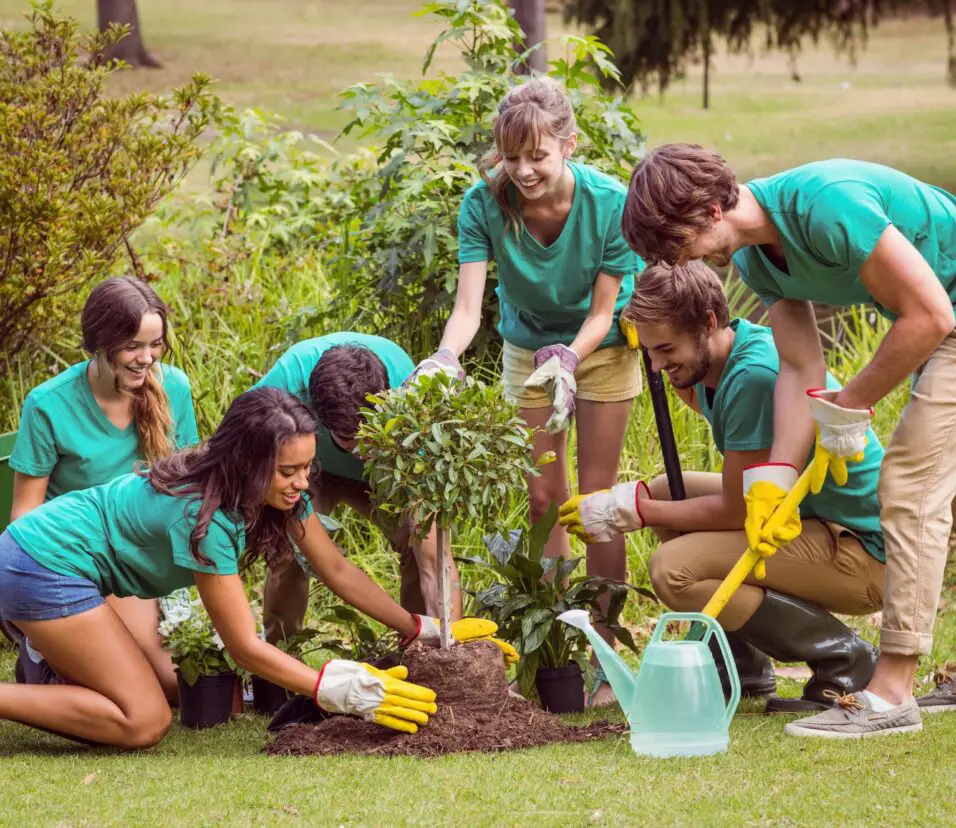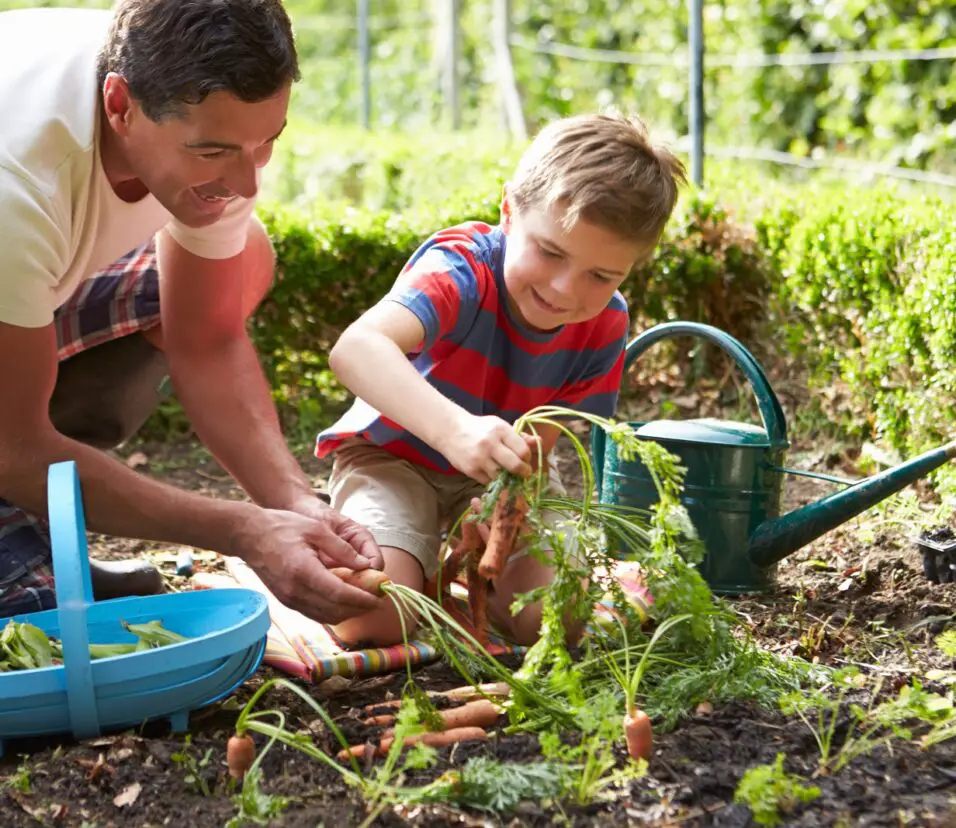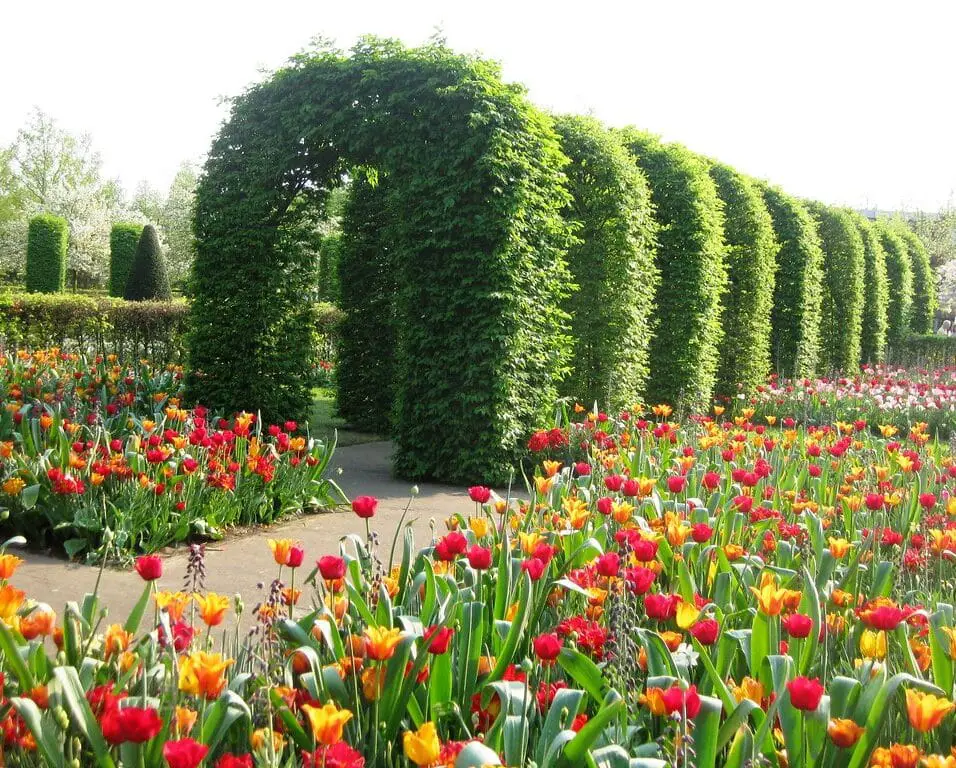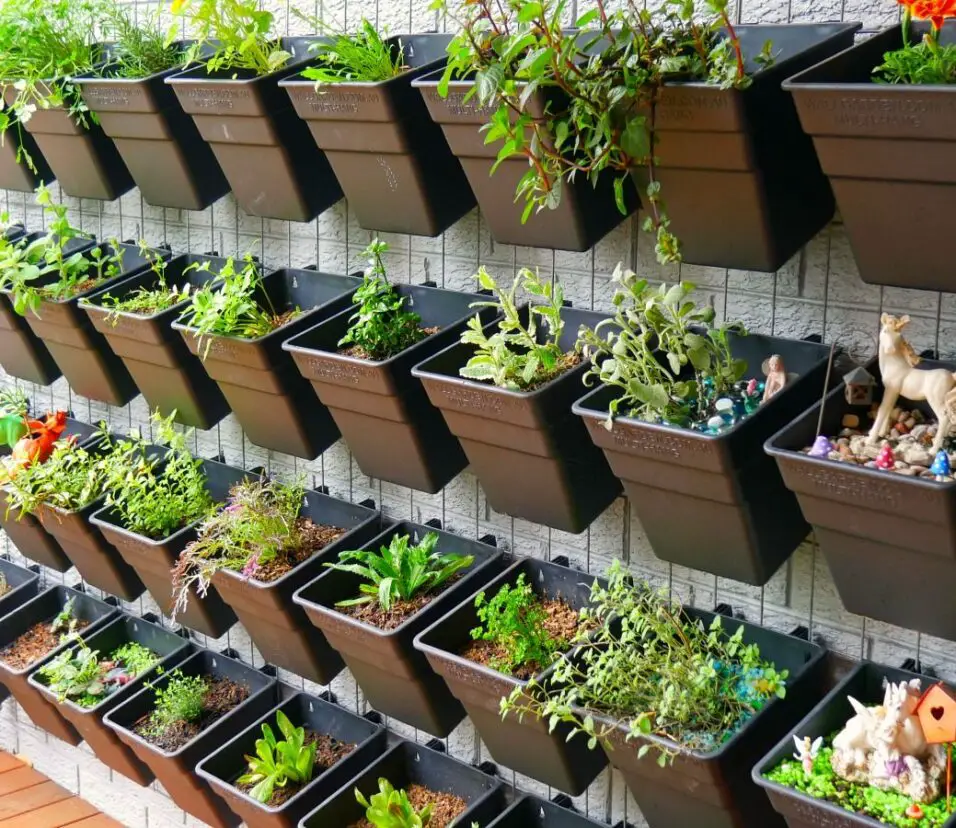What Is A Cultivator Used For In Gardening
Introduction
What Is A Cultivator Used For In Gardening: A cultivator is a versatile tool that is commonly used in gardening. It is designed to help prepare the soil for planting and to maintain the health of plants throughout their growth cycle. Cultivators come in various sizes and designs, but they all serve the same purpose of tilling and aerating the soil.
One of the main uses of a cultivator is to break up compacted soil. Over time, soil can become hard and dense, making it difficult for plants to grow and thrive. A cultivator helps to loosen the soil, allowing air, water, and nutrients to penetrate deep into the ground. This promotes healthy root growth and improves the overall health of plants.
Cultivators are tools used to loosen soil and get rid of weeds. Weeds can quickly take over a garden safe and compete with plants for nutrients and sunlight. By using a cultivator, gardeners can easily uproot weeds and prevent them from spreading. This not only improves the appearance of the garden but also reduces the risk of pests and diseases.
Cultivators are useful for mixing organic matter into the soil. Organic matter, such as compost or manure, is rich in nutrients and helps to improve the fertility of the soil. By using a cultivator to incorporate organic matter into the soil, gardeners can provide plants with the essential nutrients they need to grow and produce healthy fruits and vegetables.
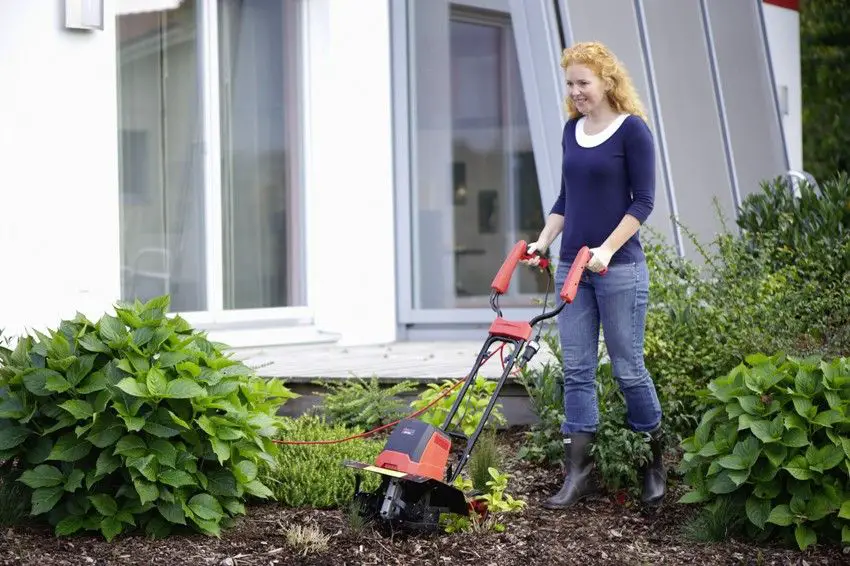
What is a cultivator answer?
To loosen the soil or pull weeds, for instance in a garden or a field, you need a cultivator. 2. noun with a countable form. A cultivator is a person who works the soil and grows plants. [formal]
To till the soil and get it ready for sowing, farmers use implements called cultivators. It is often employed in agriculture and gardening to aerate the soil, kill weeds, and prepare the ground for planting. Cultivators can range from compact hand tools to massive tractor-mounted installations.
A cultivator is used to loosen the soil and introduce air into it, which improves its structure and drainage. High-velocity rotating blades or tines are put into the soil and then turned to break up the dirt into smaller and smaller pieces. The resulting seedbed is light and fluffy, perfect for sowing seeds or transplanting young plants.
Cultivators have multiple uses beyond just preparing the soil for planting. The cultivator’s spinning blades or tines can rip out and destroy weeds, reducing their ability to steal valuable resources from your crops. This makes farming more productive and favorable to the environment by decreasing the need for hand-weeding and the use of herbicides.
What is a soil cultivator?
Using a selection grid, a soil cultivator can create a somewhat uniform granulometric sorting of the soil’s constituent particles by pulverizing and tilling the soil and burying stones and debris at the tilling depth.
A soil cultivator is a gardening equipment used to aerate and loosen the soil. Reduce soil compaction, get rid of weeds, and spread organic additions like compost and fertilizer with this handy device. This tool is essential in both home gardens and large-scale farms for enhancing soil quality and stimulating more robust plant development.
Soil cultivators, in their simplest form, consist of a handle coupled to a set of rotating tines or blades. The blades or tines at the end of the tool’s handle do the actual digging and soil breaking. The tilling depth of some models can be adjusted by changing the length of the tines.
What is the use of small cultivator?
To get the soil ready for planting, farmers use cultivators. To get rid of unwanted weeds. When used, they break up the dirt and make it easier to work. Cultivators are simple to operate and move around on their own.
Gardeners and landscapers alike can put a tiny cultivator to many different uses. It’s a hand tool or a compact machine that helps till the soil, pull weeds, and get the ground ready for planting.
One of the main uses of a small cultivator is soil preparation. Before planting seeds or seedlings, it is important to loosen the soil and remove any weeds or debris. A small cultivator can easily break up compacted soil, making it easier for plants to establish their roots and access nutrients. It can also help to mix in organic matter or fertilizers, improving the soil’s fertility and structure.
What’s the difference between cultivator and Rotavator?
Soil Type: If you are dealing with compacted or heavy soil, a rotavator might be a better option for deep soil preparation. A cultivator may be more suitable for lighter and loamy soils. Budget: Rotavators are generally more expensive than cultivators.
When it comes to gardening or farming, having the right tools can make all the difference. Two commonly used tools in agriculture are cultivators and rotavators. While both serve the purpose of preparing the soil for planting, there are some key differences between the two.
A cultivator is a hand tool or a small machine that is used to break up the soil and remove weeds. It typically consists of a set of curved metal blades or tines that are attached to a long handle. Cultivators are primarily used for small-scale gardening or for maintaining flower beds. They are ideal for loosening the soil, removing weeds, and mixing in compost or fertilizer. Cultivators are generally lightweight and easy to maneuver, making them suitable for small areas.
When should you use a cultivator?
1. Preparing the soil for planting: One of the main purposes of using a cultivator is to prepare the soil for planting. Before sowing seeds or transplanting seedlings, it is important to ensure that the soil is loose and well-aerated. A cultivator can help break up compacted soil, making it easier for plants to establish their roots and access nutrients.
2. Removing weeds: Weeds can compete with your plants for nutrients, water, and sunlight. Using a cultivator can help remove weeds from your garden beds, reducing competition and allowing your plants to thrive. The tines or blades of the cultivator can easily cut through the weeds and uproot them from the soil.
3. Mixing in organic matter: Adding organic matter, such as compost or well-rotted manure, to your soil can improve its fertility and structure. A cultivator can be used to mix in the organic matter evenly throughout the soil, ensuring that it is well-distributed and accessible to the plants. This can help improve the overall health and productivity of your garden.
4. Loosening compacted soil: Over time, soil can become compacted, especially in high-traffic areas or heavy clay soils. Compacted soil can hinder root growth and drainage, leading to poor plant health. By using a cultivator, you can loosen the compacted soil, allowing for better root penetration and water absorption.
5. Aerating the soil: Adequate soil aeration is essential for healthy plant growth. When the soil is compacted, it becomes difficult for air to reach the roots. Using a cultivator can help break up the soil, creating air pockets and improving soil aeration. This can promote root development and overall plant vigor.
How is a cultivator used in gardening?
The soil is worked with a cultivator to get it ready for planting and to keep it healthy all through the growing season. Common applications include loosening compacted soil, getting rid of weeds, and incorporating organic materials like compost or fertilizer.
When using a cultivator, it is important to first clear the area of any large rocks or debris. Then, the cultivator can be pushed or pulled through the soil, using its rotating tines to break up clumps and loosen the soil. This helps to improve drainage and aeration, allowing plant roots to access nutrients and water more easily.
In addition to preparing the soil, a cultivator can also be used to control weeds. By running the cultivator over the soil surface, it can uproot young weeds and prevent them from taking hold and competing with your plants for resources. This can save you time and effort in manual weeding.
What are the benefits of using a cultivator in gardening?
A cultivator is an essential tool in gardening that offers numerous benefits to gardeners. One of the primary advantages of using a cultivator is its ability to effectively break up and loosen compacted soil. Over time, soil can become compacted due to foot traffic, heavy machinery, or natural settling. Compacted soil restricts the movement of air, water, and nutrients, making it difficult for plants to thrive. By using a cultivator, gardeners can break up the compacted soil, allowing for better root penetration and improved drainage.
Another benefit of using a cultivator is its ability to control weeds. Weeds can quickly take over a garden and compete with plants for essential resources. Cultivators are designed to uproot and disturb weeds, preventing them from establishing a strong root system. By regularly using a cultivator, gardeners can keep weed populations in check and reduce the need for manual weeding.
Additionally, cultivators can help incorporate organic matter into the soil. Organic matter, such as compost or manure, is rich in nutrients and improves soil structure. By using a cultivator to mix organic matter into the soil, gardeners can enhance its fertility and provide a nutrient-rich environment for plants to grow. This is particularly beneficial for gardeners practicing organic gardening methods, as it reduces the reliance on synthetic fertilizers.
Are there different types of cultivators available for different gardening needs?
Yes, there are different types of cultivators available for different gardening needs. Cultivators come in various sizes and designs, each specifically designed to cater to different types of soil and gardening tasks. One common type of cultivator is the hand cultivator, which is a small handheld tool with multiple tines or blades. Hand cultivators are ideal for small-scale gardening tasks such as weeding, loosening soil, and breaking up clumps.
There are also powered cultivators available, which are better suited to larger gardening spaces or more labor-intensive activities. Electric cultivators and gas-powered cultivators are two subsets of this category. Electric cultivators are typically lighter and quieter, making them suitable for smaller gardens or noise-sensitive areas. Gas-powered cultivators, on the other hand, are more powerful and can handle larger areas and tougher soil conditions.
Can you provide some tips on using a cultivator effectively in gardening?
Using a cultivator effectively in gardening can greatly improve the health and productivity of your plants. Here are some tips to help you get the most out of your cultivator:
1. Choose the right cultivator for your needs: There are different types of cultivators available, such as hand cultivators, electric cultivators, and gas-powered cultivators. Consider the size of your garden and the type of soil you have to determine which cultivator will work best for you.
2. Prepare the soil before using the cultivator: Remove any large rocks, weeds, or debris from the area you plan to cultivate. This will prevent the cultivator from getting clogged or damaged during use.
3. Start with shallow passes: When using the cultivator for the first time, start with shallow passes to avoid damaging the roots of your plants. Gradually increase the depth as you become more comfortable with the machine.
4. Use the cultivator in a back-and-forth motion: Move the cultivator in a back-and-forth motion to ensure that the soil is evenly tilled. This will help to break up clumps and create a smooth surface for planting.
5. Avoid over-cultivating: While it may be tempting to continue using the cultivator to achieve a perfectly tilled soil, over-cultivating can actually be detrimental to your plants. It can disrupt the natural structure of the soil and lead to nutrient loss. Use the cultivator sparingly and only when necessary.
By following these tips, you can effectively use a cultivator in your gardening routine and create an optimal environment for your plants to thrive.

Conclusion
A cultivator is a multipurpose tool that every gardener should have. Primarily, it is used to loosen up compacted soil and get rid of weeds in advance of planting. By loosening the soil, a cultivator creates a favorable environment for plant roots to grow and absorb nutrients. Additionally, it helps to improve soil drainage and aeration, which are crucial for the overall health and productivity of plants.
Soil amendments like compost and fertilizer can be worked into the ground with the help of a cultivator. This helps to enrich the soil with essential nutrients, promoting healthy plant growth. The ability to mix in organic matter also aids in improving the soil’s water-holding capacity, reducing the need for frequent watering.
Garden beds and other small plots of land are ideal locations for using a cultivator for cultivation and upkeep. It is particularly useful for removing weeds and loosening the soil around existing plants without causing damage to their roots. This allows for better nutrient absorption and reduces competition for resources between plants and weeds.
In summary, a cultivator used is a versatile tool that plays a crucial role in gardening. It helps to prepare the soil, improve its quality, and maintain garden beds. Whether it is breaking up compacted soil, removing weeds, or mixing in organic matter, a cultivator is an indispensable tool for any gardener. By using a cultivator, gardeners can create an optimal growing environment for their plants, leading to healthier and more productive gardens.




